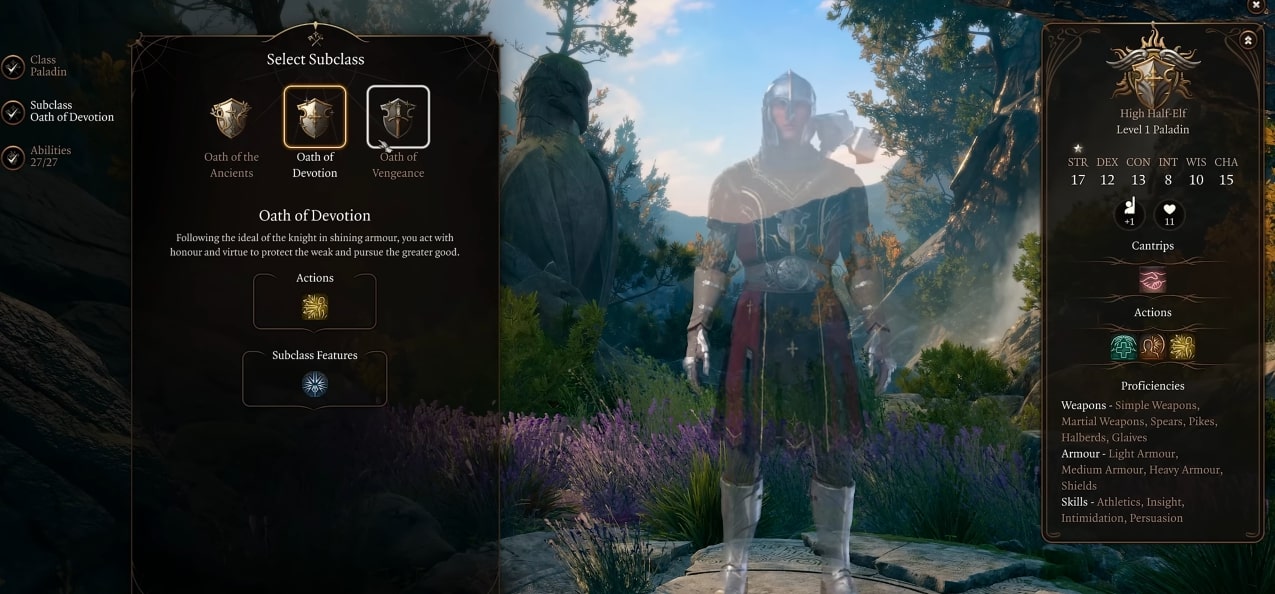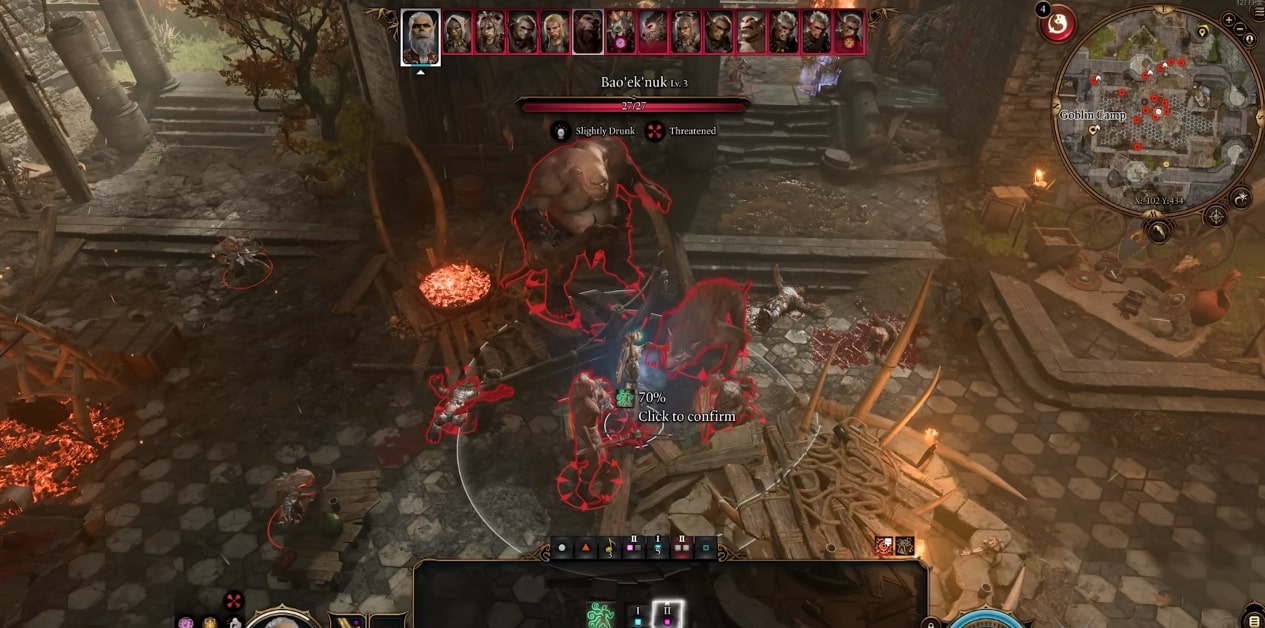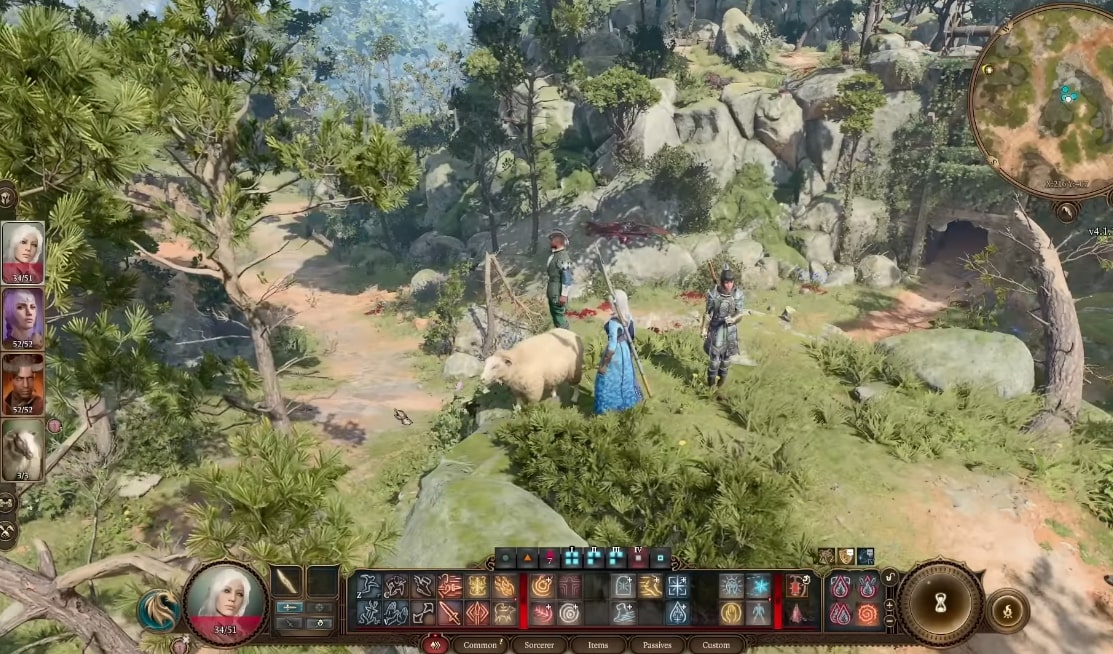Baldur’s Gate 3 gives players an incredible amount of options when creating a character build.
One great way to make a powerful hero is through multiclassing – combining multiple classes together to maximize strengths.
Before we begin, do not forget to check top 10 powerful spells in BG3 and how to mod the game.
In this guide, we’ll explore the 10 strongest and most meta multiclass builds possible in BG3.
1. Fighter/Warlock
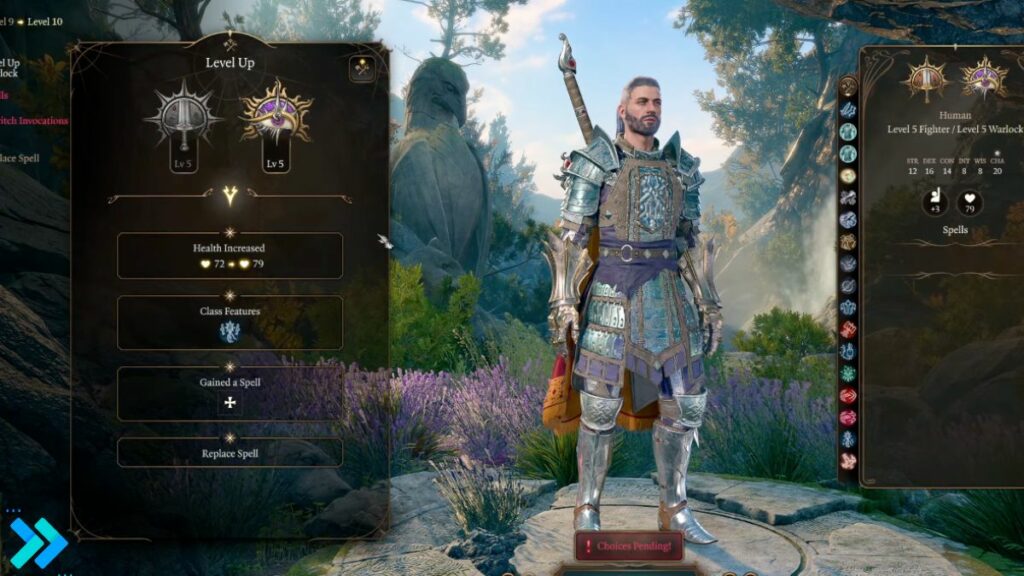
This combination creates a character that can unleash a ludicrous number of attacks each turn without relying on Haste or even using Action Surge.
Thanks to the Fighter’s passive Extra Attack feature granting additional strikes, and the Warlock’s Thirsting Blade eldritch invocation pact also providing an extra attack, these two bonuses actually stack together.
This allows a character to reach triple attacks per turn very early in their development. You also still have Action Surge available for even more swing potential.
Warlock gives access to Eldritch Blast, an amazingly strong cantrip that only gets better with the Agonizing Blast invocation, adding your Charisma modifier to its damage. This then combos into the Repelling Blast invocation, which can push enemies around with each EB zap.
Pact of the Blade also lets you bind weapons to your soul, scaling their damage with Charisma instead of Strength or Dexterity. This synergizes perfectly with a high Charisma Fighter build, greatly increasing physical damage.
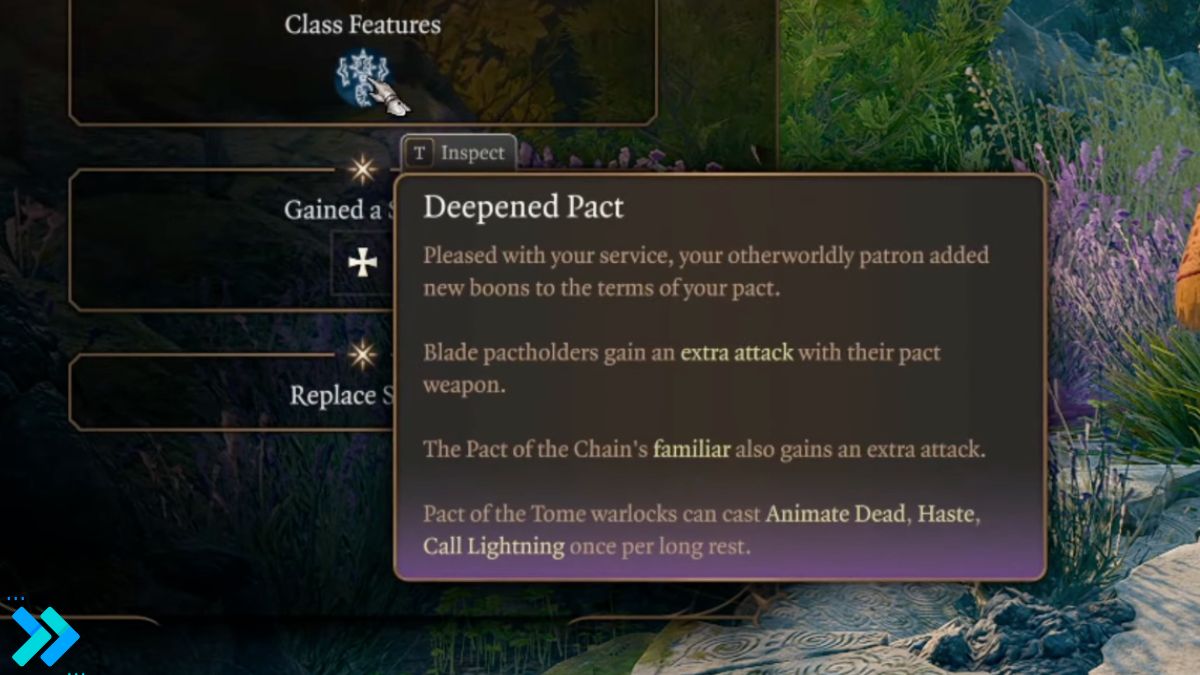
For Fighter subclasses, Battle Master works perfectly for this multiclass. Its superiority dice recharge on short rests just like Warlock spell slots and Action Surge. After each rest, you can truly unleash devastating carnage with this build.
Maneuvers like Precision Attack also help offset the lack of Archery fighting style when using Cha weapons.
Overall, this combines the Fighter’s plethora of attacks and durability with the Warlock’s versatile magic and damaging cantrip. The result is a build that can Blindside enemies with a quick flurry of strikes, then finish them off with blasts of eldritch energy.
Also, read out BG3 mod guide and BG3 secret tricks if you haven’t already.
2. Paladin/Warlock
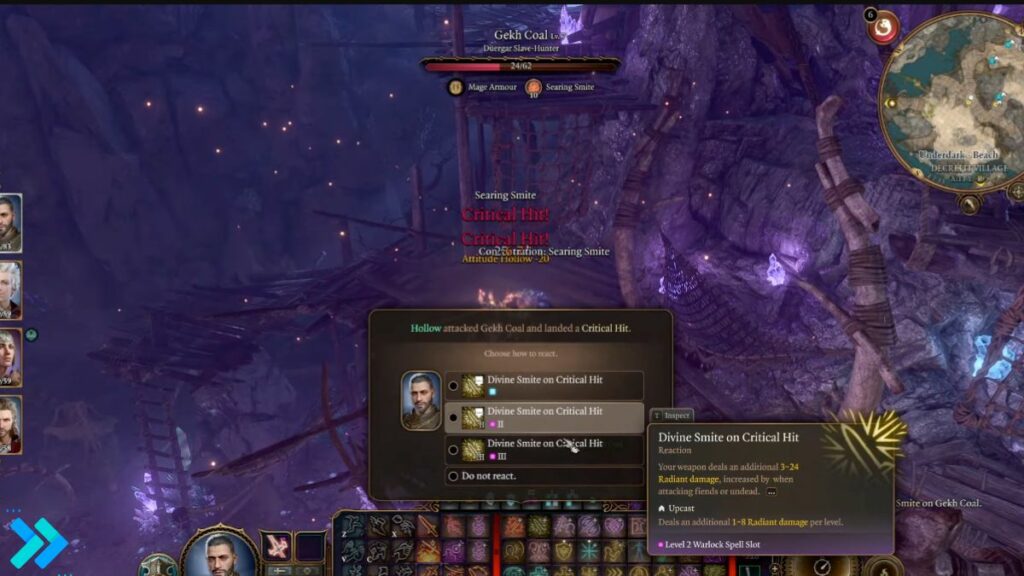
This fusion combines the heavy smiting power of a Paladin with the flexible Blade Pact options of the Warlock. Just like with Fighter, the Warlock’s Pact of the Blade feature allows scaling melee weapon damage with Charisma instead of Strength or Dexterity. This perfectly complements the Paladin’s spellcasting already relying on a high Charisma score, creating great synergy.
The Paladin side of things brings extra damage through Divine Smite, allowing spending of spell slots to deal bonus radiant damage on hits. At 6th level Paladins also gain Aura of Protection, increasing saving throws for yourself and nearby allies based on your Charisma modifier.
For order of leveling, it’s best to start with 2 levels of Paladin to gain access to smites quickly and choose your Sacred Oath subclass. Going to Paladin 3 can wait until later since you mostly just want the smite ability upfront. After getting that holy power, invest the next 4-5 levels into Warlock. This gets you Thirsting Blade for a second attack, followed by the all-important Pact of the Blade.
Once your weapon and attack synergies are set up, we can then return to Paladin for the remainder. This maximizes time spent getting Extra Attack, improved Divine Smite, and eventually the mighty level 20 Sacred Oath feature. Overall this build mixes extremely high Nova potential through smites with great durability thanks to heavy armor and protective auras. You also have solid ranged damage options via Eldritch Blast when needed.
3. Wizard/Full Spellcaster
This build exploits an interesting Wizard class mechanic – the ability to permanently learn spells copied from scrolls or spellbooks. As long as you have spell slots of the required level, a Wizard can learn any written spell forever.
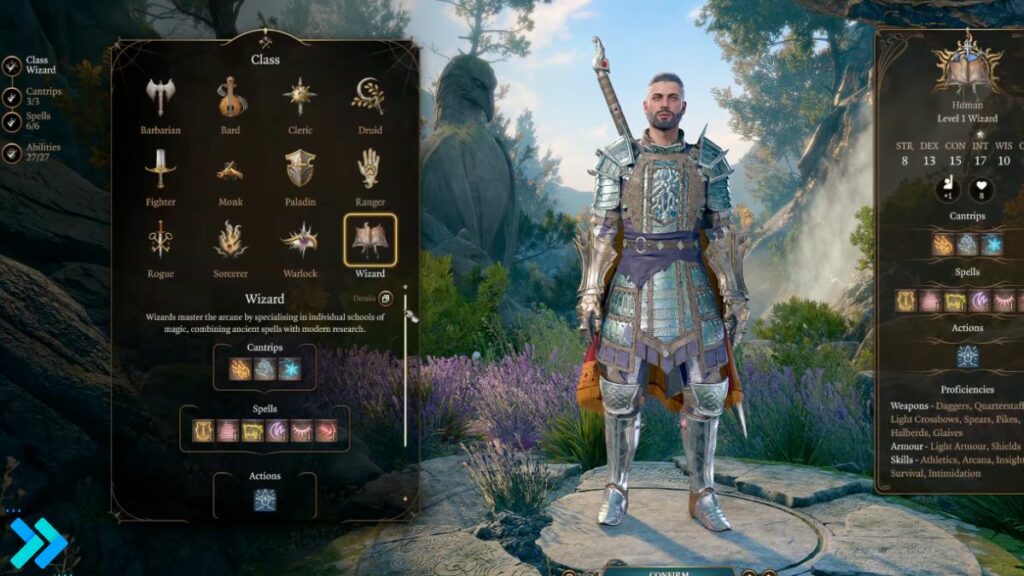
So the combo is simple: take only 1 level of Wizard, then choose any full spellcaster class like Cleric, Druid, Sorcerer or Bard as your main. Your primary caster class will provide higher level spell slots much faster than Wizard could alone, which you can then use to learn powerful scrolls. This gives tremendous versatility in terms of spell options.
The key is to never invest more than 1 level in Wizard, just enough to get the Spellcasting feature and ritual casting. All other levels go into buffing your main spellcaster choice. This maximizes slot progression so you can learn potent scrolls sooner. Always use the highest slots available when copying spells to not waste resources.
This “Scroll Savant” build lets you pick and choose the most optimal spells without being limited by a single class list. Hyper specialized spellcasting is possible by mixing your main class with choice Wizard rituals and combat spells.
4. Gloom Stalker Ranger/Assassin Rogue
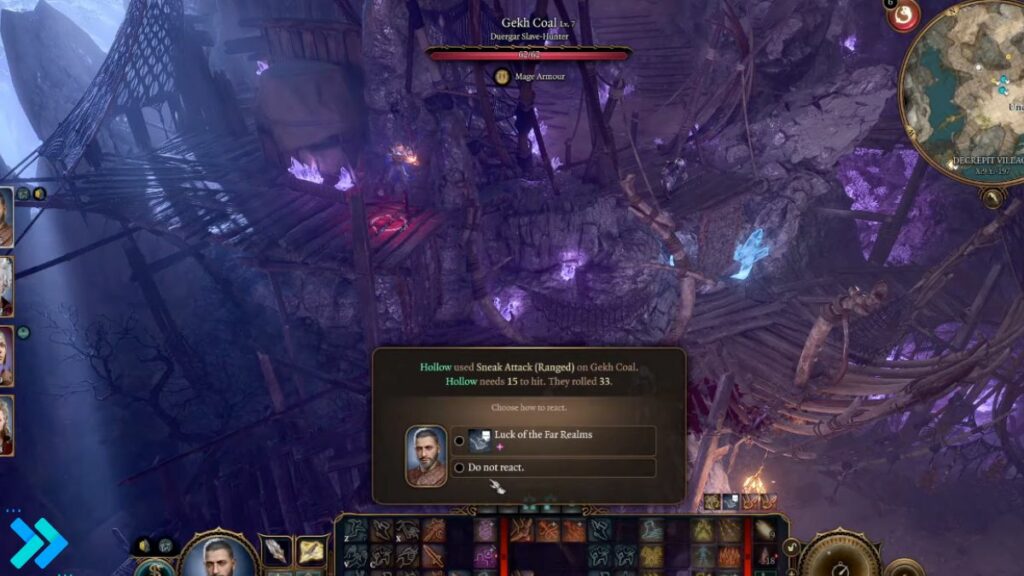
This deadly combo focuses on eliminating enemies right as combat begins with a devastating initial strike. Gloom Stalker provides abilities that grant bonuses to initiative rolls, ensuring you act early. Their 3rd level Dread Ambusher feature also gives an extra attack on the first turn.
Meanwhile, the Assassin Rogue excels at punishing surprised enemies. Any creature that hasn’t taken a turn yet grants automatic critical hits on attacks from the Assassin. The Rogue capstone Death Strike ability can instantly kill surprised enemies that fail a save. Assassins also regain actions the first round of every combat.
By combining these classes, you gain immense potential to instantly take out priority targets at the start of battle. Begin each fight with a surprise attack from stealth, gaining advantage on the attack roll. Use Dread Ambusher’s extra first turn strike and the regained Cunning Action to make multiple attacks, critting thanks to Assassinate.
You can chain this with Death Strike for a chance to instantly fell even deadly foes before they can react. With proper coordination and target selection, you can cripple enemy forces right as the fight begins.
For leveling, start with 3-4 levels of Rogue for bonus expertise, Cunning Action, and the Assassin subclass. Then invest the remainder into Gloom Stalker Ranger. This gives all the key Ambusher abilities while still allowing Assassinate auto-crits at the very start.
5. Storm Sorcerer/Tempest Cleric
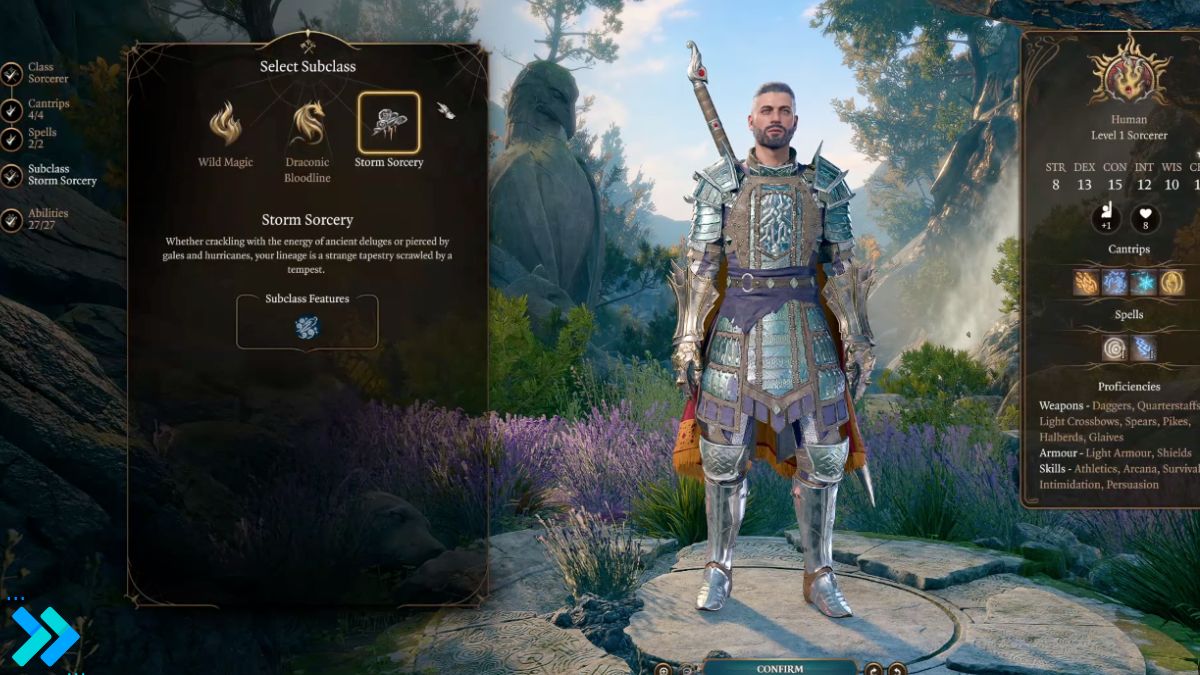
This elemental combo focuses on dealing high AOE lightning and thunder damage every round. The synergy comes from Tempest Cleric’s Channel Divinity: Destructive Wrath maximizing lightning/thunder damage rolls while the Storm Sorcerer specializes in those damage types.
Tempest Clerics also gain access to Create/Destroy Water as a class spell. By using water creation strategically and combining it with the Sorcerer’s lightning and thunder spells, you can reliably apply wet status effects to enemies before blasting them. Any wet creature hit by lightning/thunder takes extra damage.
Channel Divinity and Sorcerer Metamagic like Empowered Spell also stack to boost the damage even further. When used strategically against wet foes, a Tempest/Storm caster can deal double Maximized lightning/thunder damage once per short rest. And you still have extremely powerful base options like Shatter, Thunderwave and Lightning Bolt.
For leveling, start with 1 Sorcerer for Constitution saves. Next go 2 Tempest Cleric to gain Channel Divinity. Then finish with Sorcerer for higher level storm spells and more sorcery points. The mix of cleric buffs and sorcerer blasting creates the ultimate lightning mage.
6. Paladin/College of Swords Bard
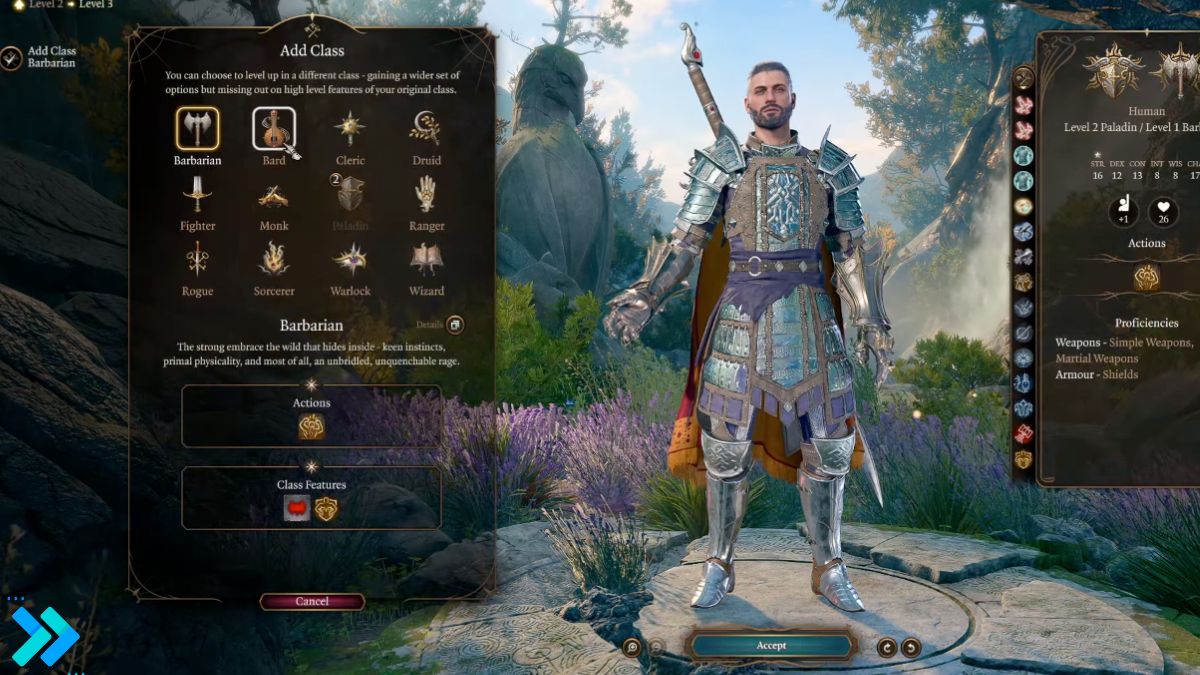
With magical secrets letting Bards learn from other classes and Font of Inspiration relying on Charisma, this combo has great synergy with the Paladin. College of Swords specifically enhances melee capability through Blade Flourishes, providing extra options beyond smiting. Bardic Inspiration dice also allow supporting and aiding allies.
The Bard side brings more spell slots to fuel Divine Smites while providing versatility like healing, buffs and control spells. Their extra attack at level 6 combines nicely with Improved Divine Smite for consistent damage. Mix this with Paladin’s heavy armor/aura protections and you get a build with strong offense and support potential.
For order, start with 2 levels of Paladin to gain Divine Smite quickly alongside your Sacred Oath. After getting that base smiting ability, College of Swords Bard works nicely for the rest of the levels. The flourishes offer unique rider effects on each weapon strike beyond just radiant damage.
With Font of Inspiration, Cutting Words, and bard rituals like Find Steed, this multiclass makes the Paladin much more well-rounded. You retain excellent burst damage while also getting great party utility.
7. Sorcerer/Warlock
This blend combines the breadth of Metamagic options from Sorcerer with the flexible spell slot recovery of the Warlock. Pact Magic slots regain fully after short rests rather than long ones, allowing many more uses per day. By transforming Warlock slots into Sorcery Points, you can Nova every single encounter at maximum power.
There are some bugs currently where this combo doesn’t work properly, but the devs are aware and will likely patch it soon. The gist is that converting Warlock slots to SP normally doesn’t allow them to recharge on short rest. But when fixed, this will be an extremely strong pairing.
For leveling, start with your choice of Sorcerer Origin for 1 level to gain access to Constitution saving throw proficiency. After that, 2 levels of Warlock are ideal to get Eldritch Blast + Agonizing Blast for reliable damage, followed by the Pact Boon of your choice.
Once you have your essential invocations and boon acquired, dump all additional levels into Sorcerer. This maximizes SP while still giving you the short rest slot recovery of Warlock. You also get access to high level sorcerer spells and abilities.
Proper use of Flexible Casting, Metamagic, and Warlock slots can potentially allow endless powerful spellcasting potential. Subtle Spell is particularly nice for causing chaos with silent fireballs and other sneaky spells.
8. Moon Druid/Barbarian
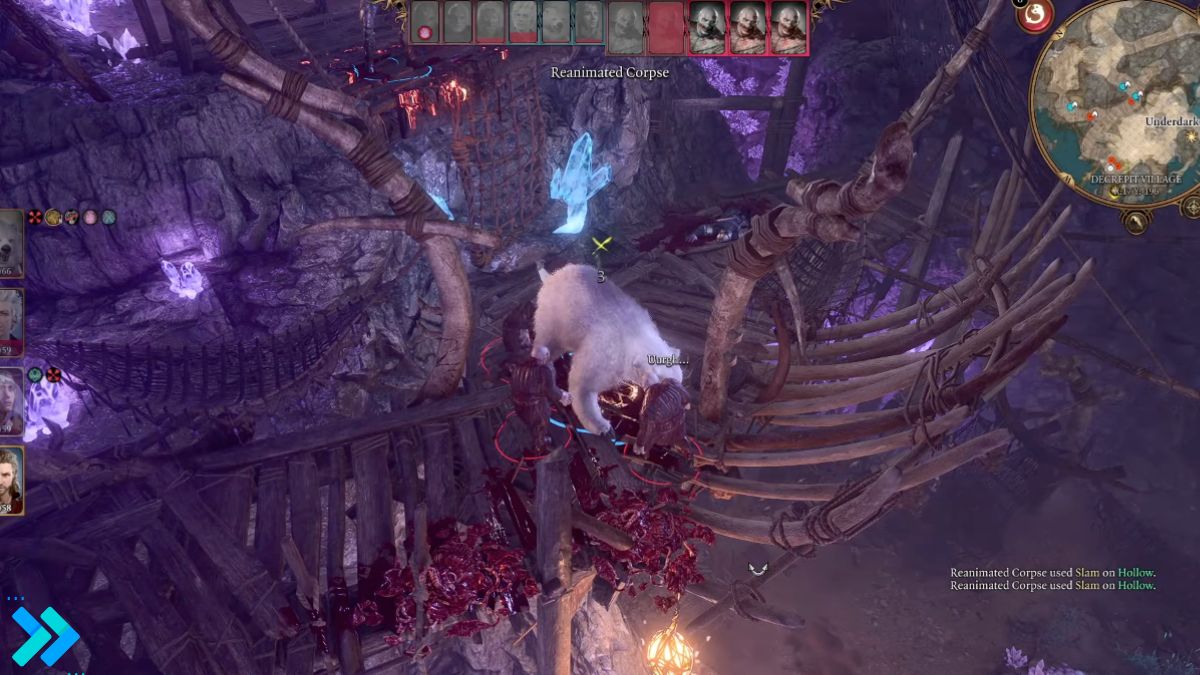
This rugged combo transforms any beast shape into an incredibly durable tank. That’s because Barbarian Rage isn’t restricted to humanoid form – you can Rage even while Wild Shaped! This effectively doubles your bestial HP pool while raging by halving any physical damage taken.
With their massive health pools already, applying Rage makes Wild Shape almost impossible to take down. You can tie up enemies forever while your team focuses fire with little risk. Druids can also concentrate on spells like Flaming Sphere before shifting to have persistent effects.
For sculpting this juggernaut, start with 2 levels of Moon Druid to gain Wild Shape as fast as possible. Next go at least 3 Barbarian levels to get Rage and the powerful damage resistance Bear Totem. After that we can continue with Moon Druid to expand the variety of possible beast forms.
At higher levels you’ll have Elementals with over 200 HP to work with. Raging in a planetar or mammoth shape can make you nearly unkillable. And you still have all your great Druid spells and healing when not in animal form!
9. Monk/Fighter
This unique blend utilizes the often overlooked Tavern Brawler feat to create a high Strength brawler. Normally Tavern Brawler just allows a bonus action grapple after an unarmed strike. But for Monks it works a bit differently.
When a monk makes any unarmed attacks or uses monk weapons, Tavern Brawler adds their Strength modifier twice to both the attack and damage rolls. This means with 20 Strength, a flurry of blows would add +10 damage to each hit.Pretty strong!
The feat also provides +1 Strength or Constitution, helping quickly reach a 20 Strength to maximize the damage potential. Starting as Fighter 1 gets heavy armor proficiency allowing good AC even with high Strength. The unarmed fighting style also pairs nicely by further increasing damage.
After that first dip, continue with Open Hand monk. You’ll gain their flurry of blows Extra Attack along with Stunning Strike to lock down enemies. Everything keys off the double Strength modifier from Tavern Brawler, making for extremely painful unarmed strikes.
An alternative flavor is grappling foes and throwing them once grappled. The added Strength mod applies to both attack and damage on the throw as well. For a more comedic style, flinging your allies at enemies like projectiles can make for a potent ranged attack option too!
10. Any Class/Multiclass Combination You Enjoy!
Don’t limit yourself solely to perceived optimal builds. Part of the fun in character creation games like Baldur’s Gate 3 is trying inventive class combinations to match personalities and backstories. Go ahead and experiment with unusual concepts.
For example, a Strength wizard that wades into battle wearing full plate and wielding a greatsword can be surprisingly viable! Try a charming Bardbarian whose rage manifests as song. Or a Rogue/Ranger that sets elaborate traps between peppering foes with arrows.
The best build is simply one that excites you and matches your preferred playstyle, not what a guide or theorycrafter mandates. Respec’ing skills and attributes is easy, so feel free to follow your imagination. And if something doesn’t work out, just re-customize and try a different multiclass.
With the freedom to re-spec, Baldur’s Gate 3 encourages creativity. Don’t be afraid to try unconventional class fusions and combinations until you find one that truly clicks. Theorycrafting and experimenting in Larion’s rich system is part of the joy!
Conclusion
The awesome depth Larian has provided through subclass choices, abilities and reactions ensures near endless possibilities for unique character building. While the above multiclass suggestions can perform powerfully, feel free to mix and match classes however you see fit.
What interesting multiclass combinations have you tried in Baldur’s Gate 3? Share your experiences and build ideas in the comments below! With so many cross-class synergies waiting to be discovered, players are still concocting cool fusion concepts every day.







